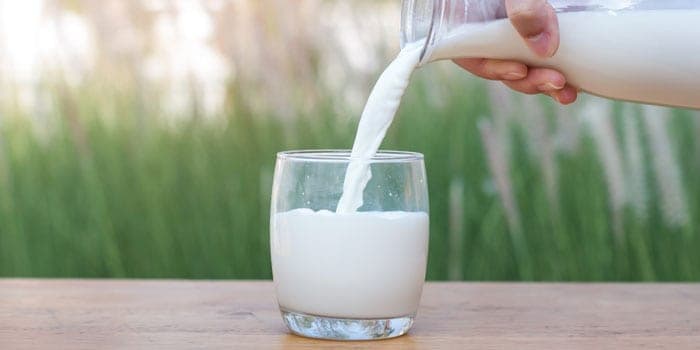
Dairy Woes: Why Milk Prices are Going up
India over the last two years underwent a situation where there was a huge inventory pile-up of skimmed milk powder. Its imports were almost nil as the global dairy market had slowed down and SMP (Skimmed Milk Powder) prices had dipped to as low as Rs 140 (from an earlier Rs 250) per kg. There was a dip in procurement prices paid to the farmers and many private dairy companies drastically reduced procurement as it was cheaper for them to buy SMP from the cooperatives and convert into milk. The surplus inventory of SMP had led many private players, who didn’t want to invest too much on procurement, to enter the fray.
“There are many private companies, which buy SMP from us and add to their milk and sell it in the market with claims that their milk has a higher shelf life,” said Sarojini Mishra, MD of the Orissa Milk Federation (OMFED), in an earlier interview with Business Today.
There was surplus milk last year, but no takers. On the other hand, at the consumption front, volume growth went up by 12-13 per cent, as milk price remained stagnant for over two years. Lot of new private players entered the market, as the gross margins were higher, says R.S. Sodhi, MD, Amul. “Discounting in dairy products increased because of lower milk prices. Now with milk prices going up, players that have entered the segment seeing hefty gross margins will find the going tough. The MRP will never increase in the same proportion as the price paid to the farmer. So, these companies will not find the business so lucrative.”
With the government ensuring that cooperatives get rid of their SMP inventory, the last few months have seen an increase in milk prices, both at the procurement and the consumer end. In July, Amul announced a Rs 2 price hike and more recently, Mother Dairy also announced a price hike. The price hike by the cooperatives has put pressure on the private dairy companies as their procurement costs have gone up too.
Rahul Kumar, CEO, Lactalis India, says that the immediate challenge is more to do with a shortage of milk. “Last year there was surplus milk, but this year due to drought and floods in any part of the country, there is a gap between supply and demand. This has resulted in an increase in India milk price.” He says that there is a clear deficit in supply in the Northern markets. In South, especially in Tamil Nadu, the procurement price has gone up by Rs 6 per litre for buffalo milk and Rs 4 per litre for cow milk, while the retail price has increased by Rs 6 per litre. “The state government over there never allowed a hike in prices. Consecutive years of low rainfall has impacted supply, hence a price hike is logical,” explains a senior dairy industry expert.
Adding to the woes of the private dairy companies, state governments such as Karnataka are giving subsidies to the tune of Rs 6 per litre of milk in addition to the procurement price of Rs 26 the cooperative pays to farmers. This has resulted in surplus milk production and the state cooperative has no option but to sell its milk in other states. In fact, Amul also sells the milk it procures in Gujarat in other states, which adversely affects procurement in those states, while private companies find it extremely difficult to survive.
“No private player has been able to make it big in the states where the government pays high subsidies as it becomes unviable for the private players to pay such high procurement price,” explains a senior dairy expert. Complex dairy economics has made it difficult for private dairy companies to survive unless they have deep pockets and loads of patience. In the short run, Kumar of Lactalis is hopeful that dairy companies both big and small would get their mojo back. “The cycle of normal milk production should restart from October, I expect a good festival season,” says an optimistic Kumar.
